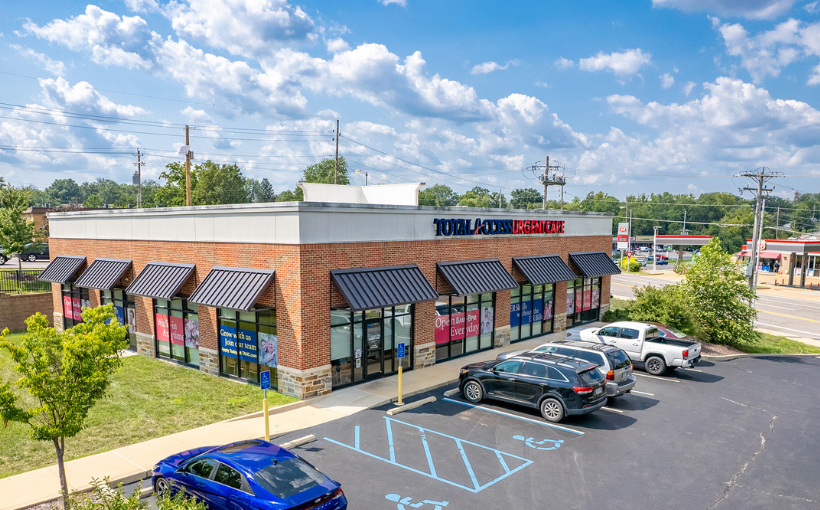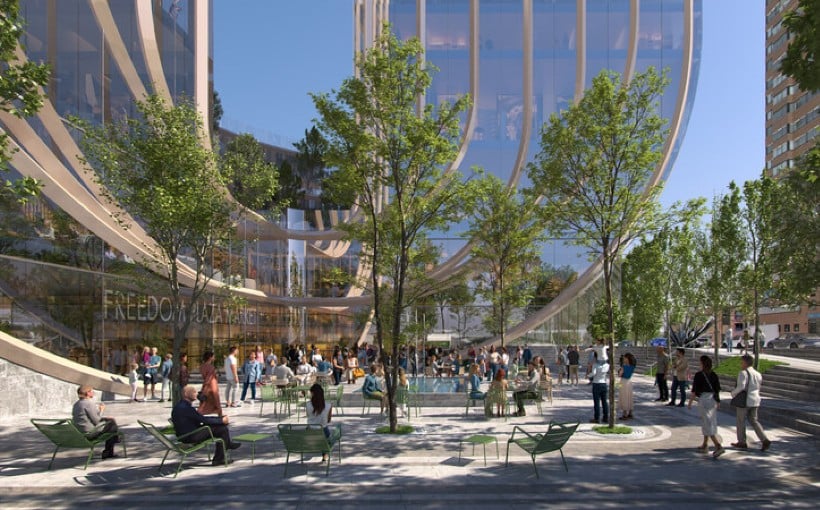A recent JLL article highlights the potential benefits and drawbacks of hosting large-scale global events in a city. While these events can bring economic growth, they also have a significant impact on carbon emissions due to infrastructure updates and building development or renovation. Juliette Medana, Head of Sustainability Consulting for EMEA at JLL, emphasizes the importance of designing these projects with sustainability in mind from the beginning.
The organizers of the 2024 Summer Olympics in Paris took a low-carbon approach to construction, transportation, and operations activities to support sustainable development. The event structure is mostly temporary or already existing and powered by renewable energy sources. Two new permanent structures were built sustainably using wood as their primary material while incorporating low-carbon cement and salvaged materials to reduce emissions by 30% compared to traditional methods. These buildings are also designed for resilience against urban heat islands and climate change impacts.
After the Olympics end, one structure will remain as part of a mixed-use development that includes housing and office space while promoting sustainability practices.
Other large-scale projects around the world are following suit with sustainable approaches:
– Hudson Yards in New York City features environmentally friendly buildings along with stormwater recycling systems.
– British Land’s redevelopment project at Canada Water in London has an all-electric energy strategy along with cement-free concrete.
– Barangaroo waterfront entertainment center in Sydney is carbon-neutral thanks to its cooling plant that uses water from Sydney Harbor for waste heat absorption before returning it back into circulation.
Despite progress towards more sustainable practices on large-scale projects like these mentioned above; there are still challenges ahead such as lengthy administrative processes delaying progress or limited availability of eco-friendly materials needed for construction purposes. Experts suggest implementing new building techniques that take into account holistic approaches while establishing supply chains specifically dedicated towards providing sustainable materials alongside efficient transportation methods.




